Diversifying Experiences for Creative Inspiration
VP of Innovation at Hunter Fan, Michael Graber
Related Trend Reports
AI, Architecture, Art & Design, Branding, Drinking, Lifestyle, Media, Publicity Stunts, Social Good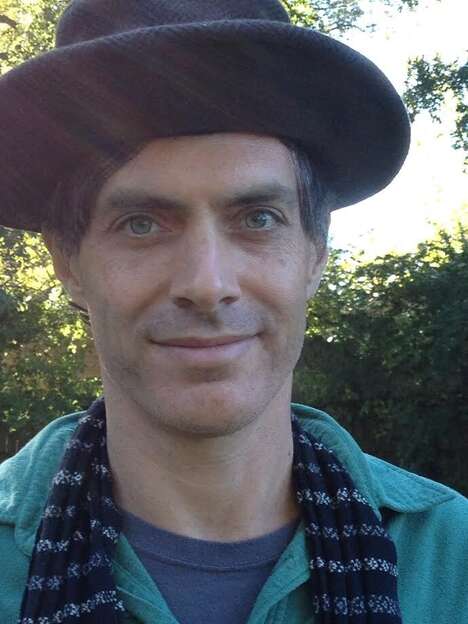 Michael Graber is the VP of Innovation at Hunter Fan, who was brought into the company with the sole purpose of "embedding innovation" into it. He recently spoke to Trend Hunter about the ways in which he seeks creative inspiration.
Michael Graber is the VP of Innovation at Hunter Fan, who was brought into the company with the sole purpose of "embedding innovation" into it. He recently spoke to Trend Hunter about the ways in which he seeks creative inspiration.How does your team generate great ideas?
Through many methods. We do full design-thinking challenges in certain key areas. We do boot camps, we do hackathons, we use a lot of consumer insights and we do use some trend data. So using a variety of innovation methods from design thinking to the methods which are more analytical and strategic, and even some of the Doblin Method to generate ideas.
What are some barriers to innovation and how do you get around them?
The biggest barrier here is the existing paradigm of the business, the culture of the place. We’re working through it, it’s just to shine a light on it, call it out and seek to go back and truly innovate. It’s hard when most of the resources are aligned to a short-term plan.
How do you identify trends?
One is by retail ethnography, just going out there and observing ourselves. Another is looking to the best of our ability at trend data and reports, and the third would be looking at adjacent categories. The company doesn’t do a very good job at integrating the trends after the research, so that’s somewhere we need help.
Do you have specific rituals for resetting to be creative?
Taking a digital fast by going out in the woods. Doing yoga and meditation, running long distance. Going to concerts and playing music, all those things.
Has there ever been an instance where another industry has influenced an innovation at your company?
Always. One would be a concept that we have where we’re using alternative energy to power a ceiling fan, using Tesla as a benchmark in ideation.
What are things you can do to create a culture of innovation?
One is to take people outside of the building, get them away from the tyranny of the urgent. So in our particular problem, the category has become commoditized. The only way to get outside of that commoditization is to go and understand what real people’s needs are in every space for which they’re buying fans. The needs of the bathroom different than their needs in the kitchen, which are different than their needs in the patio. So understanding all the pains and gains in that area and taking the engineers here, and the R&D team and the marketing team to go learn directly from the field will get the whole category side out of commoditization.
What do you think your industry will look like in the next 5-10 years?
I think it’ll be highly disruptive and much more attuned to the needs of each space. For example, you won’t just have a fan in a child’s nursery. You’ll have a fan that is also a baby monitor and a projector of stars, an intercom, a nightlight, etc.
What's the most unconventional thing you've done to get creative inspiration?
I’ve gone to a Shaman weekend training. It was life changing. You do a lot of what they call “vision quests” and you get in touch with past lives if you’d believe that, you also communicate with the souls of animals, you extract illness out of somebody in the group and you can watch that happen. Before Western medicine was around every culture would use this type of medicine, so you learn the techniques that people have been using for 200 years.
References: hunterfan
Featured Articles
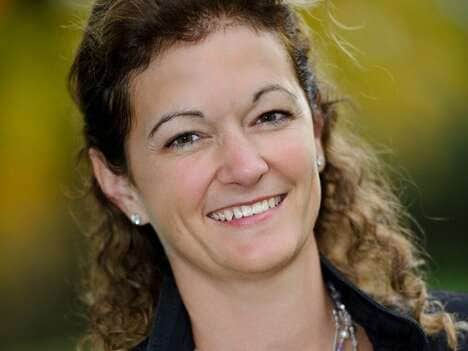
Embracing the Future While Honoring the Past
Lisa Ingram, President and CEO at White Castle
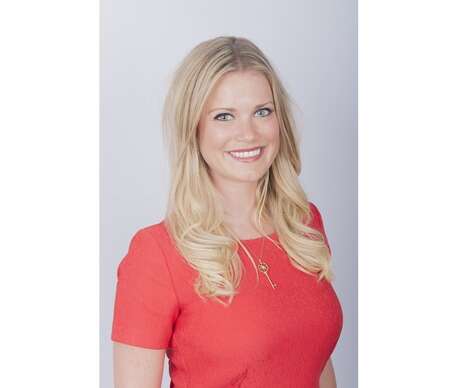
Sparking Tastes and Trends
Kelli Heinz, Director of Marketing at Bell Flavors & Fragrances
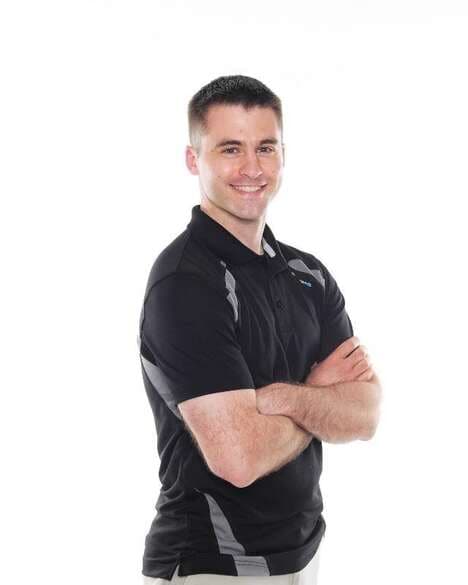
A Multiplicity of Connections
Scott Ostrowski, Chief Technologist at Booz Allen Hamilton
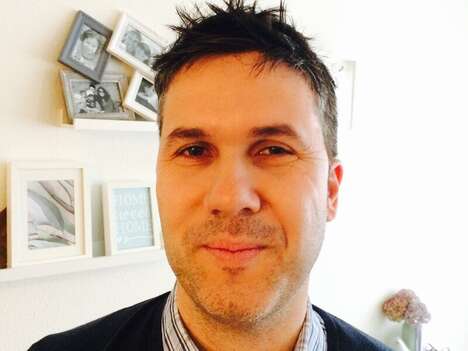
From Risk to Reward
Alexandre Bastos, Global Director of Innovation at Givaudan
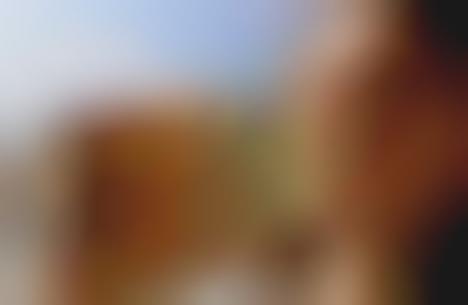
Discolored Water Bottles
For World Water Day, One Water Changed Its Packaging to a Dirty Color
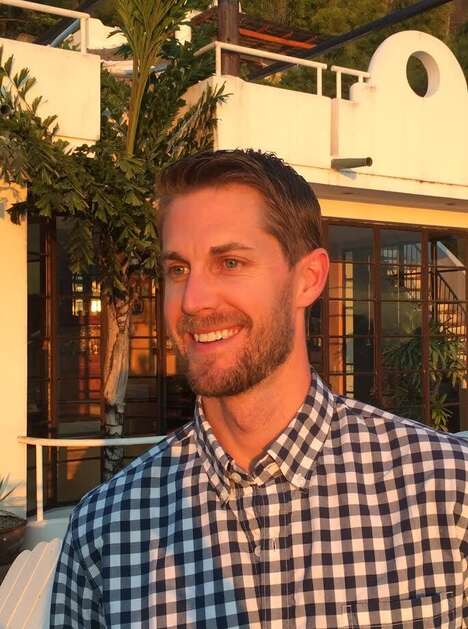
Opportunities and Disconnects in Innovation
Jack Elkins, Director of Innovation at Orlando Magic
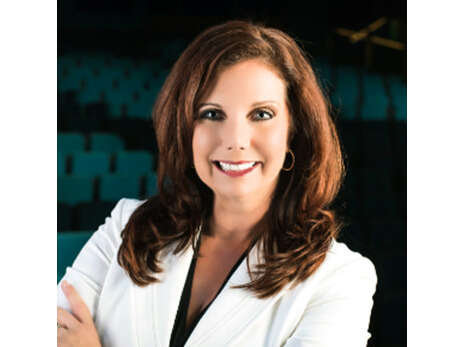
Creating Connected Experiences
Nancy Hutson, Corporate VP of Events & Entertainment at SeaWorld
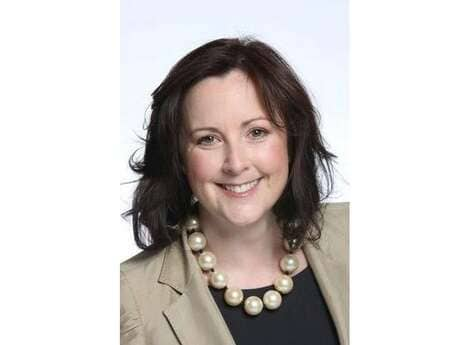
The Energy to Innovate
Elaine Robinson, Innovation Programme Manager at Electric Ireland
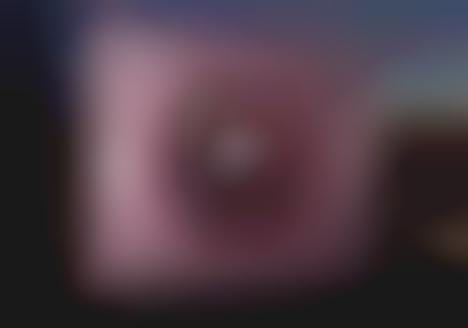
Loudspeaker Podcasting Cubes
Based in London, This Fully Equipped Podcast Studio is Tiny Yet Bold